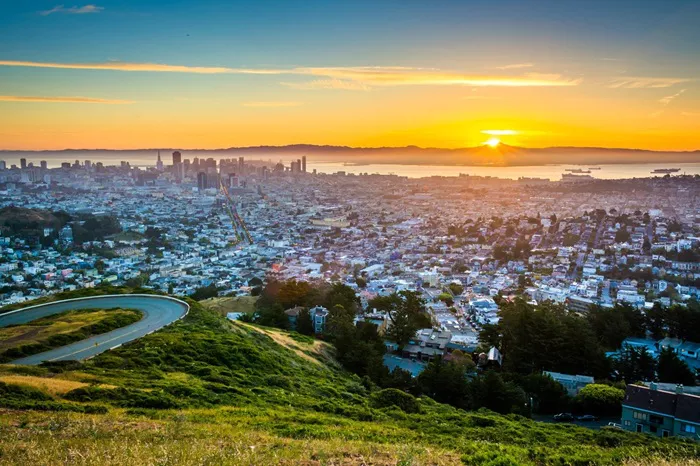San Francisco has been named the best city in the United States for hiking, according to a new global study released by footwear retailer SportsShoes.
The report evaluated hiking opportunities in 180 major tourist cities worldwide, analyzing trail quantity, popularity, and user ratings using data from the AllTrails platform. While urban areas are not traditionally associated with hiking, the findings reveal that many cities—including San Francisco—offer abundant and highly rated trails within or near city limits.
San Francisco claimed the top U.S. spot and ranked third globally, with 119 accessible and well-reviewed hiking trails. The city is known for scenic routes such as the Lands End Trail, Mount Sutro Loop, and the historic Dipsea Trail. According to AllTrails, the most popular hikes in the area include the San Francisco Crosstown Trail, Seal Rocks Beach, the California Coastal Trail, and the Batteries to Bluffs Trail.
“The wilderness behind San Francisco’s University Campus is touted as a stunning section of the city to explore,” the report noted. “Golden Gate Park—the third most visited park in the U.S.—also features numerous trails, along with its renowned Botanical and Japanese Tea Gardens.”
San Francisco’s compact geography makes it ideal for combining outdoor recreation with cultural and culinary attractions. Hikers can enjoy city views and coastal vistas by day, followed by visits to museums, restaurants, and diverse neighborhoods such as the Mission District by night.
The city’s longest route, the Ferry Building to Mount Tamalpais Cycle Route, spans nearly 60 miles, offering both endurance and scenic variety for experienced outdoor enthusiasts.
While San Francisco topped the U.S. rankings, several other American cities were recognized for their trail offerings. Rounding out the list were:
- Los Angeles, California
- Portland, Oregon
- Las Vegas, Nevada
- Nashville, Tennessee
- Seattle, Washington
- Philadelphia, Pennsylvania
- Washington, D.C.
- Boston, Massachusetts
The study highlights a growing trend of urban hiking, where natural landscapes meet city living—demonstrating that outdoor adventure doesn’t always require leaving the city behind.


